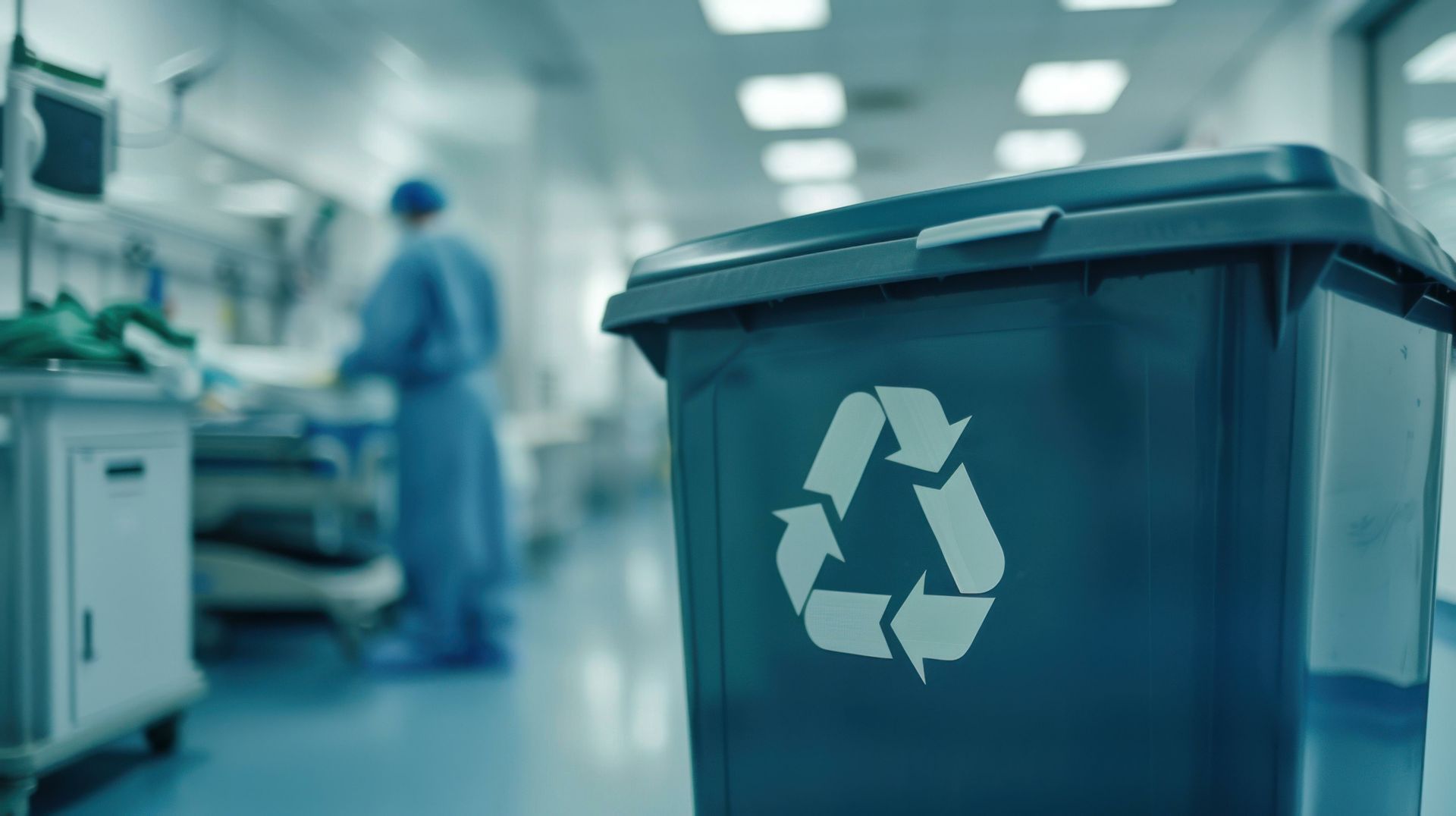The Future Of The Medical Waste Management Industry
The medical waste management industry is responsible for handling biohazardous materials that healthcare facilities generate. Used needles, biological waste, and other materials contaminated with pathogens must be disposed of according to strict health and environmental regulations to prevent the spread of infection.

Since the COVID-19 pandemic, the medical waste management market has expanded considerably. Allied Market Research reports the market was valued at $7,226.4 million in 2020. With a compound annual growth rate of 5.8%, the waste management industry is expected to reach $12,834.9 million by 2030.
As it stands today, most healthcare institutions hire medical waste management companies to collect, transport, treat, and dispose of contaminated materials at off-site locations. Reports predict this trend will continue with some growth due to a greater prevalence of chronic disease, research and development advancements, and waste management innovations.
However, innovations in waste management and sustainability efforts generate interest and popularity for on-site treatment.
Off-Site vs. On-Site Waste Management
Off-site medical waste management involves moving contaminated materials to specialized facilities for treatment and disposal. Healthcare organizations contract third-party companies to pick up the waste, ensure it is properly treated, and dispose of it according to regulatory standards.
This approach can, at first blush, seem convenient for many facilities, particularly smaller ones, but has several environmental and operational implications. Transportation vehicles that rely on fossil fuels contribute to greenhouse gas emissions. Additionally, local environments can become contaminated if hazardous material spills during transportation or a vehicle accident. Furthermore, repeatedly handling waste to move, package, and stage it leads to negative operational costs and worsens working conditions for employees.
In contrast, on-site medical waste management refers to the sterilization and disposal of waste directly at the healthcare facility. By treating waste directly at the healthcare facility, transportation-related emissions are eliminated.
On-site methods, such as autoclaving (a high-pressure steam sterilization process), generate fewer pollutants compared to traditional processes, such as incineration. However, they still demand considerable energy and water and can create difficult working conditions due to residue and strong odors. In addition to reducing gaseous emissions, innovative on-site methods can also reduce the need for landfills, which are often the final destination for treated waste that does not go to the incinerator.

Safe & Sustainable On-Site Medical Waste Disposal
Medical waste solutions that use ozone technology can drastically cut down the volume of disposed materials, sterilize with high efficiency, reduce odors and trips to landfills or treatment centers, and produce zero emissions.
At Clean Waste Systems, we see such sustainable medical waste practices as the essential next step for the medical industry. By transitioning from traditional off-site to innovative on-site disposal methods using ozone, healthcare leaders can save funds and reinvest that capital into innovations. Additionally, it puts the industry closer to reaching net-zero goals.
Choosing Clean Waste Systems means delivering better outcomes to patients and the environment at large.

